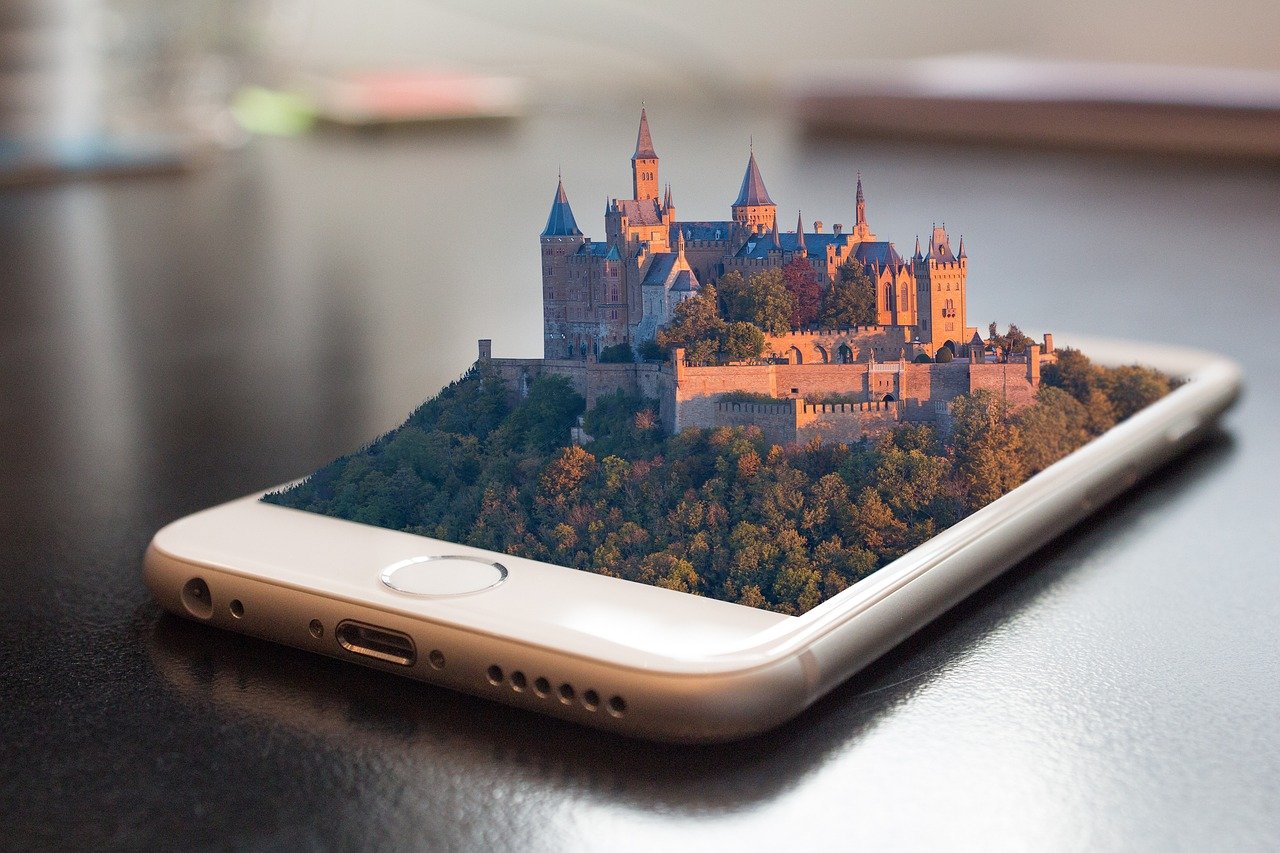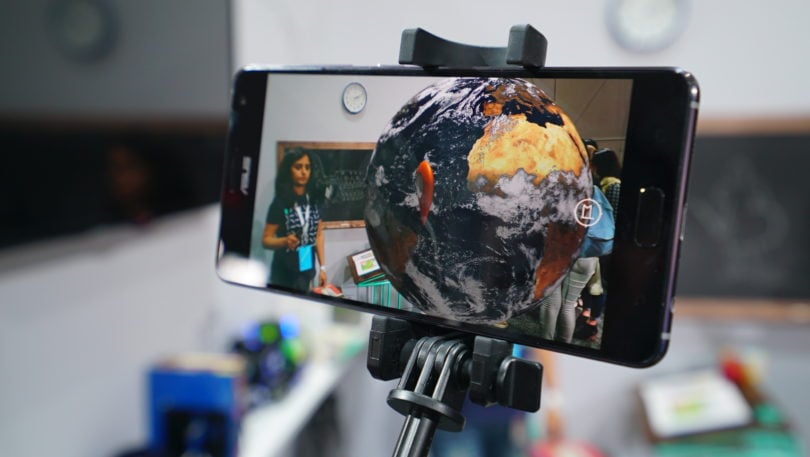By Karl Murphy
 Image by FunkyFocus from Pixabay
Image by FunkyFocus from Pixabay
The world went virtual and embraced the concept of artificial intelligence (AI) and augmented reality (AR) a long time ago. However, the breakout of a global pandemic in 2020 had more people living and experiencing things virtually. Educators jumped on this bandwagon, looking towards augmented reality to create interactive lessons.
What Is Augmented Reality?
While many people already know what AR is, we’ll attempt a definition for those still trying to grasp its meaning. According to Investopedia, augmented reality is the enhanced version of the real physical world. It is achievable using digital visual elements, sound, or other sensory stimuli.
One of AR’s primary objectives is highlighting specific features of the physical world. It aims to increase the understanding of those features while getting smart and accessible insight applicable to real-life situations.
Let’s bring it down to learning. With AR, educators transform the learning experience by presenting life-like depictions of concepts. Thus, rather than just using the mind to picture the solar system as you would top foreign brides, you get to see them in an immersive environment.
How To Implement Augmented Reality in Distance Learning
AR works in an environment where those experiencing it are present. The question then becomes, how do you use it in distance learning? How do you ensure that students get an experience similar to that of a classroom?
Here are some ways of using augmented reality in distance learning:
Use It To Bring Images to Life
AR creates an immersive environment for learners, thereby ensuring that they do not forget what they learned. You can use it to bring multi-dimensional images to life and develop riveting animations to capture the students’ interest.
Rather than asking students to flip through textbooks for details on the constellations, you can show it to them using augmented reality. Using the technology, you can display the different constellations to make students feel they can touch the stars.
Not only will indicating the different stars keep the students interested and engaged, but they will also retain the memory of what they saw. Using AR bridges the distance gap and promotes cohesion in distance learning.
Use It To Make Abstract Concepts a Reality
An abstract concept has no physical form but is understandable. Understanding, identifying, and communicating abstract ideas is fundamental to human intelligence. Trying to get students to understand them when they are miles away can be tricky.
But with augmented reality, you’re able to breach this gap. Rather than looking lost while you explain abstract concepts to them, they’ll be able to follow and contribute. How do you achieve this?
Use video simulations or a 3D rendering of the earth’s layer or human DNA. This way, what’s intangible, becomes real and almost life-like. One of RobotLAB’s NAO Classroom Packs can help you effectively set up augmented reality lessons.
When you buy the Classroom pack, you get 3 STEMLAB Software user licenses for one year. It also provides you with onboarding and orientation sessions, among other benefits.
Use AR for Simulations
A simulation is the approximate imitation of the operational process or system representing its operation over time. You can simulate three ways: live, virtual, and constructive. Our focus is on the second.
Using AR, you can simulate processes or procedures. It’s like riding a bike while in your living room, but every bump in the road feels real. Simulations are ideal for your biology classes.
With it, students can learn about cell structures even if they are not in a lab or have access to a microscope. Another example is using augmented reality for architectural studies. You’ll be able to show what a building’s initial design looked like and its different components.
Use Augmented Reality To Make Field Trips a Reality
With a pandemic still threatening the world, field trips might not happen for several educational institutions. But, not being able to visit physical locations doesn’t mean students can’t get the same experience. The answer is in augmented reality.
Using AR tech, students tour ancient ruins, visit museums, and investigate volcanic eruptions from the comfort of their home. They can explore planets across the universe and have multisensory experiences for enriched learning.
In all, Augmented reality allows you to share different information in a creative and dynamically integrated way. By making learning fun, it makes it seem less like a chore. It takes away cabin fever’s feeling by creating a physical engagement between learners and their environment. It is a win-win situation for everyone.
Get Onboard the AR Distance Learning Train
The creation of new technologies means the world is fast moving away from traditional learning methods. Thus, whether you’re teaching onsite or virtually, you need to use augmented reality to improve students’ learning experiences. The future of learning is tech-empowered; so, get on board.
Discover more AR solutions with RobotLAB!
AR Classroom Pack: https://www.robotlab.com/store/ar-vr-classroom-pack
 Karl Murphy is a professional journalist from Des Moines, Iowa. After obtaining his Master's degree, he's launched his career and over its course, Karl was contributing to the popular publications for men. He also develops his blog topforeignbrides.com
Karl Murphy is a professional journalist from Des Moines, Iowa. After obtaining his Master's degree, he's launched his career and over its course, Karl was contributing to the popular publications for men. He also develops his blog topforeignbrides.com

